Time: 14:35
Lat: 44 42’59
Long: 9 36’51
Good Afternoon,
We are cruising along toward Kiel. The water we are cutting through is glassy and the weather is very nice. The only turbulence is the wake off our bow and stern. I am writing this from the berthings, two decks below the main deck. Maintenance companies have been grinding and needle-gunning the rust off the main deck. When they are working directly above us, the sound is amplified to a mind-splitting vibration. Yesterday, my company was in Training, where the freshman practiced maneuvering through an obstacle course in a crawl space. Our paths were obstructed by rope, barrels, and floors ( verticle structural components with person-size openings, “manholes”). This course was done blind, with full turnout gear, SCBAs (air tanks), and masks to mimic a search and rescue environment that will be disorienting and fatiguing. We were not “on air” from the tanks. The key to successfully making it through was breath control and patience. It was very tiring, but it was fun to do something out of the ordinary.
The routine on board has its pros and cons. Onboard, the term routine is often followed by “complacency” on of the most dangerous habits of a mariner. Yesterday we had our all-ship monthly safety meeting led by Cpt. MacArthur, who reminded everyone that while we are past the halfway mark, it is important to mentally and physically stay in the game until we walk off the gangway. Several members of the ship’s crew have come from an industry where even without an accident, team members were fired for their unsafe habits. One example of this safety mindset would be “three points of contact.” When moving about an underway vessel, the expectation is three points of contact (hand, two feet). The “trailing hand” method of descending a ladderway prevents people from falling face-first down a set of stairs. It sounds a little over the top, but the consequences of falling down a steep, jagged metal surface onto a steel deck with the nearest operating room, possibly hundreds of miles away, makes this habit seem much more appropriate. Student ship rates demonstrated putting on immersion suits and lifejackets, reminding the ship’s personnel of the methods and key aspects of donning this lifesaving gear. While folks can ask questions at any time, there is a portion of the meeting dedicated to comments and suggestions from anybody onboard on how to make the ship safer or current issues with safety gear or protocols.
One special part of the cruise is the proximity to mariners with decades of experience. Just walking around the ship, I learn so much about the maritime world and how it’s changed from training officers and professors. These teachers dedicate lots of their summer to go on cruise, enriching our summer. While the training and maintenance officers have to cover really dry topics on 30+ slide powerpoints, for me, the most beneficial time is spent chatting with these teachers about their time at sea. They have some incredible stories from faraway places that make me really excited for the future.
I am about to start a five consecutive day watch rotation in the engine room, so I will not be writing for that time but will have lots to report after! However, if you have any questions or comments about the cruise or the blog, I would be more than happy to answer. The feedback allows me to better see the cruise from the reader’s point of view! Send me an email at odegaard.fields@tssom.mma.edu with your questions!
Stay Tuned
4C Odegaard Fields
- Students painting in the engine room
- Students doing their “pre-round” of the engine room before watch
- Williamson Turns during man overboard drills
- Sunrise
- Sunrise
- Post Fire Fighting training
- Post Fire Fighting training
- Post Fire Fighting training
- Post Fire Fighting training
- Post Fire Fighting training
- Post Fire Fighting training
- Post Fire Fighting training
- Post Fire Fighting training group photo
- Juniors who oversaw the journey through the fire fighting maze
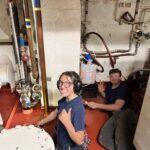

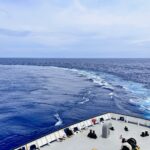
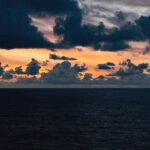

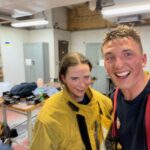
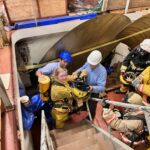
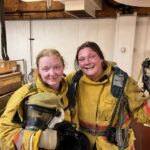
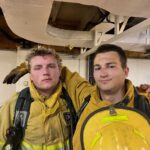
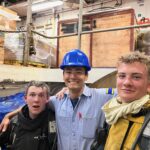
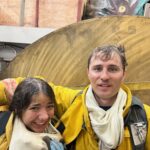
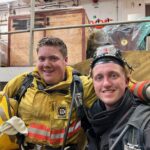
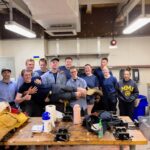
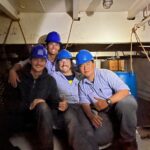










All Rights Reserved © 2025 • Web issue?
Non-Discrimination Notice • Privacy Policy & GDPR